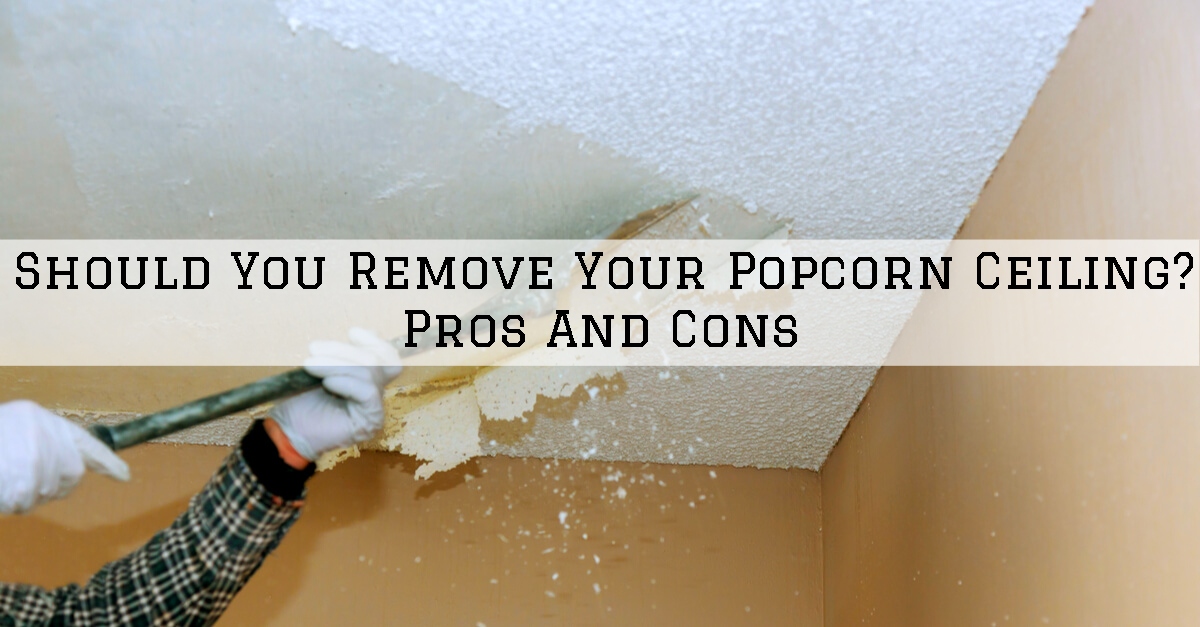

Attract and catch dust and dirt on its jagged edges and crater-like surfaces.Discolor over time, creating a dingy appearance in a room.To mitigate these shadows requires the right type of lighting Create harsh shadows due to the bumpy texture.Because it’s a potential safety hazard, numerous laws limit exposures to asbestos Contain asbestos, if installed prior to 1978.Not only do they not perform well in moisture, making them a poor candidate for bathrooms, but they have other issues as well. Like many other ‘70s trends, popcorn ceilings have gone out of style - but there are more practical reasons for their fall from grace than mere fashion. According to the Mesothelioma Center, if your home was built between the 1950s and 1980s, there’s a good chance that your popcorn ceiling contains asbestos. And “one of the first things buyers do is scrape the ceilings,” she points out.Īlso referred to as cottage cheese, stucco, or textured, popcorn ceilings were installed from the 1950s through the 1980s, but really came into vogue in the 1970s as a way to muffle sound and hide imperfections in the ceiling surface, such as cracks, leaks, poor workmanship, or other damage. She’s also aware that if homeowners know they have popcorn ceilings, by law they are required to disclose that information to the buyers. Stewart lives in a neighborhood built in 1972, so she knows all about popcorn and the expensive, messy task of removing it. “It’s the first thing young buyers notice,” says Mary Stewart, a Sugar Land, Texas, real estate agent who works with 82% more single-family homes than the average Sugar Land agent. It’s great at the movies, but popcorn is not so welcome on your ceiling when you’re trying to sell your home.


 0 kommentar(er)
0 kommentar(er)
